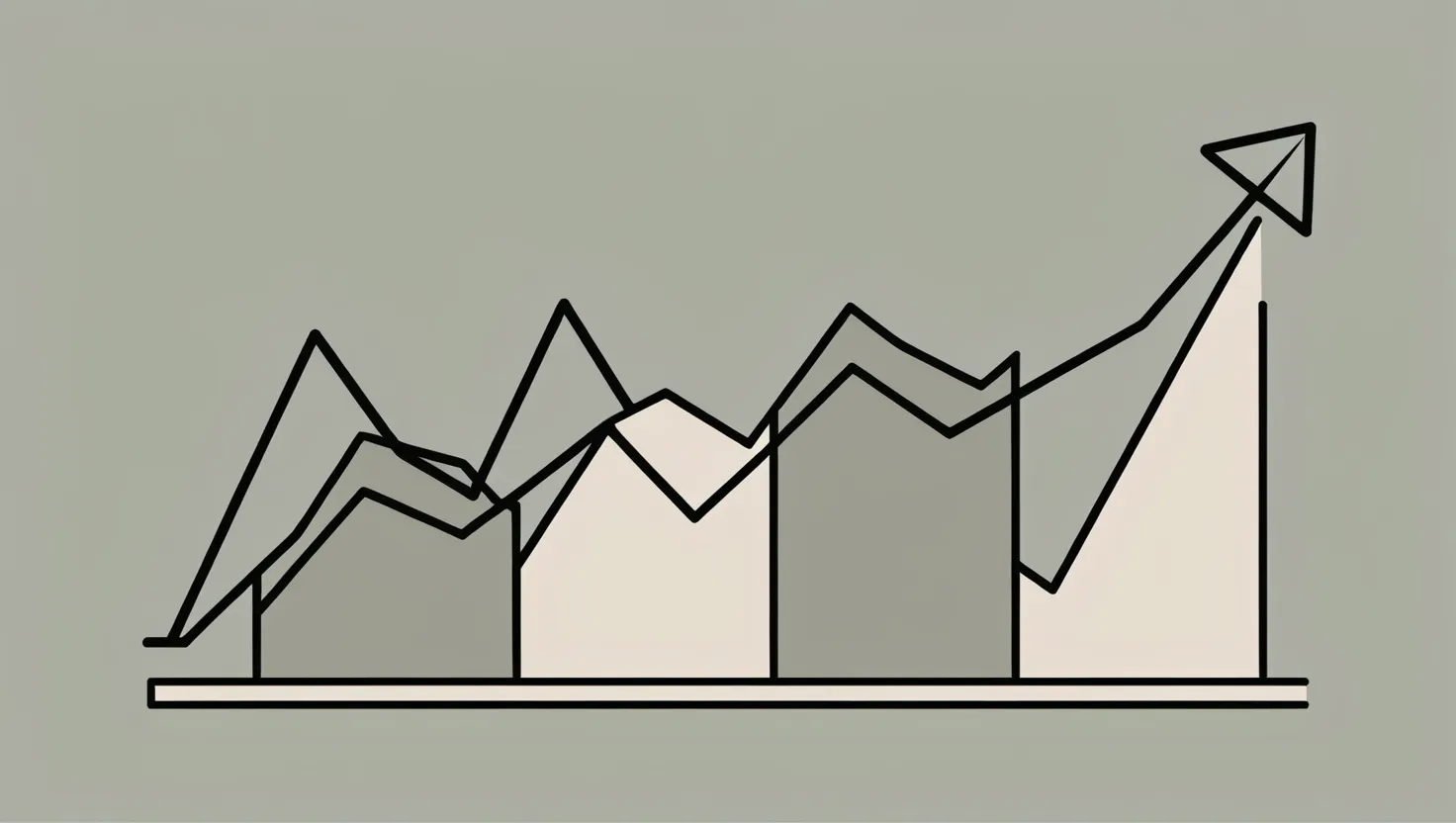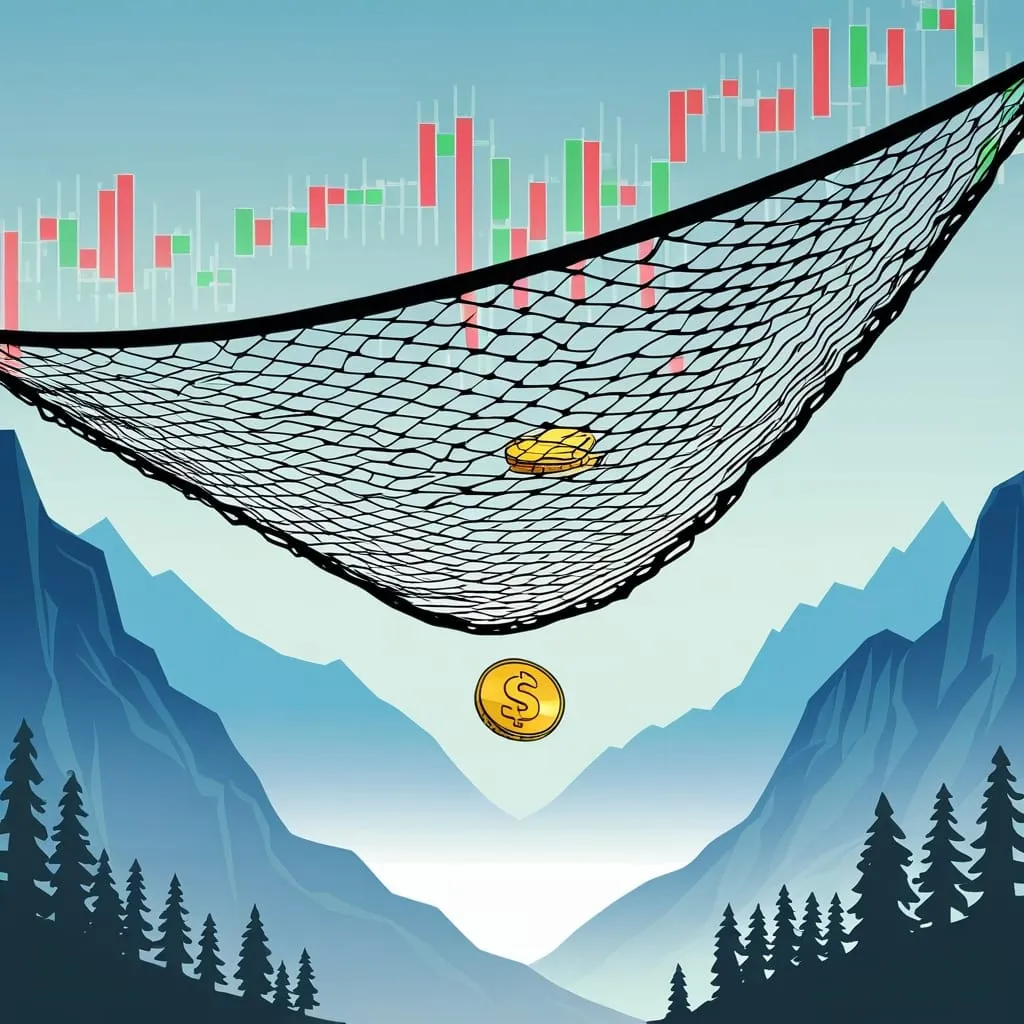As I sit here, reflecting on the tumultuous history of financial markets, I am reminded of the wise words of Warren Buffett: “Price is what you pay. Value is what you get.” This simple yet profound statement underscores the importance of understanding the lessons from historical market crashes, especially for today’s investors.
The Bitter Taste of 1929
The Great Depression, triggered by the 1929 market crash, is a stark reminder of the dangers of unchecked speculation and excessive leverage. Imagine a time when investors could borrow up to 90% of the purchase price of stocks, a practice known as buying on margin. This reckless behavior led to a catastrophic collapse when the market began to decline, forcing margin calls that resulted in a cascade of sell orders. The Dow Jones Industrial Average plummeted by 89% over three years, leaving millions in financial ruin.
Diversification: The Safety Net
One of the most critical lessons from this era is the importance of diversification. Had investors spread their portfolios across different sectors, asset classes, and geographic regions, they might have mitigated some of the losses. Diversification acts as a safety net, reducing volatility by 15-25% during market downturns. It’s a strategy that has stood the test of time, and one that I personally adhere to in my own investment journey.
The Lure of Leverage
Fast forward to the 2008 financial crisis, and we see another cautionary tale about the dangers of excessive leverage. Banks and financial institutions had extended massive amounts of credit, often to borrowers who could not afford the loans. When the housing market bubble burst, the entire financial system teetered on the brink of collapse. This crisis highlighted the peril of leveraging too much debt, a lesson that echoes the words of Margaret Thatcher: “No one would have remembered the Good Samaritan if he’d only had good intentions; he had money as well.”
The Psychology of Markets
Market psychology plays a significant role in the dynamics of crashes. During the dot-com bubble, investors were caught up in the frenzy of speculation, ignoring traditional valuation metrics in favor of “new economy” metrics. This irrational exuberance led to the overvaluation of internet companies without profits, resulting in a 78% decline in the NASDAQ. It’s a stark reminder that markets are often driven by emotions rather than logic.
Regulatory Changes: A Double-Edged Sword
The aftermath of significant market crashes often leads to regulatory changes aimed at preventing future catastrophes. Following the 1987 Black Monday crash, circuit breakers were introduced to pause trading during steep declines, giving investors time to reassess market conditions. These measures, while well-intentioned, can sometimes have unintended consequences. For instance, the introduction of “portfolio insurance” in the 1980s was meant to protect investors but ended up exacerbating market volatility.
The Value of Cash Reserves
Maintaining cash reserves is another crucial lesson from historical market crashes. Having 15-20% of your portfolio in cash provides both protection and opportunities. During market downturns, cash reserves allow you to purchase quality assets at discounted prices, a strategy that can significantly enhance long-term returns. As the saying goes, “Cash is king,” especially in times of financial turmoil.
Recovery Patterns: A Glimmer of Hope
Despite the devastation caused by market crashes, history also shows us patterns of recovery. The 2008 financial crisis, for example, saw unprecedented monetary and fiscal stimulus that helped markets rebound quickly. Investors who held on to their stocks were rewarded with a swift recovery. This teaches us the importance of staying invested and maintaining a long-term perspective, rather than trying to time the market.
Regular Assessment and Rebalancing
So, what can we do to protect our portfolios? Regularly assessing and rebalancing your portfolio is key. This involves periodically reviewing your investments to ensure they remain aligned with your risk tolerance and financial goals. It’s a proactive approach that helps mitigate potential losses and optimize gains.
The Emergency Fund: A Lifeline
Maintaining an emergency fund is another actionable insight. This fund acts as a lifeline during financial crises, providing the liquidity needed to weather the storm. It’s a buffer that allows you to avoid making rash decisions based on short-term market volatility.
Staying Informed
Staying informed about market regulations and economic policies is vital. Regulatory changes can significantly impact market dynamics, and being aware of these changes can help you make more informed investment decisions. It’s about being vigilant and adaptable in a constantly evolving financial landscape.
As I conclude, I am reminded of the words of Benjamin Graham: “The intelligent investor is a realist who sells to optimists and buys from pessimists.” Historical market crashes offer us a wealth of knowledge, but it’s up to us to apply these lessons in our investment strategies. By diversifying our portfolios, avoiding excessive leverage, understanding market psychology, staying informed about regulatory changes, maintaining cash reserves, and focusing on long-term recovery patterns, we can build resilience against future market shocks.
So, the next time you find yourself in the midst of a market downturn, remember that it’s not just about losing money—it’s about learning and growing. As the ancient Greek philosopher, Heraclitus, once said, “The only thing that is constant is change.” In the world of finance, this couldn’t be more true.






